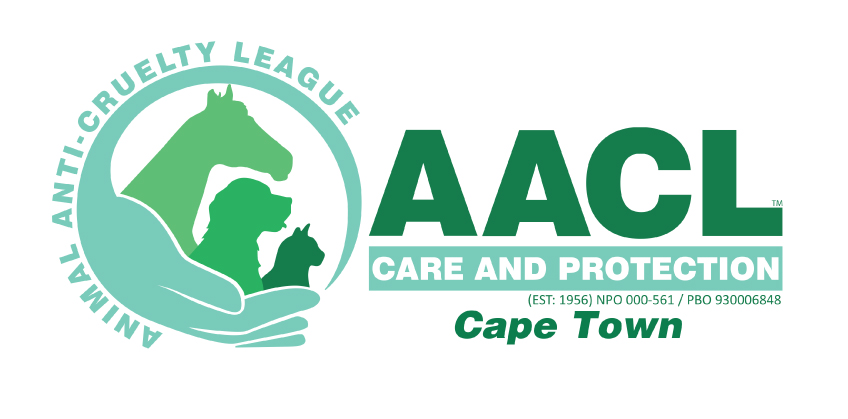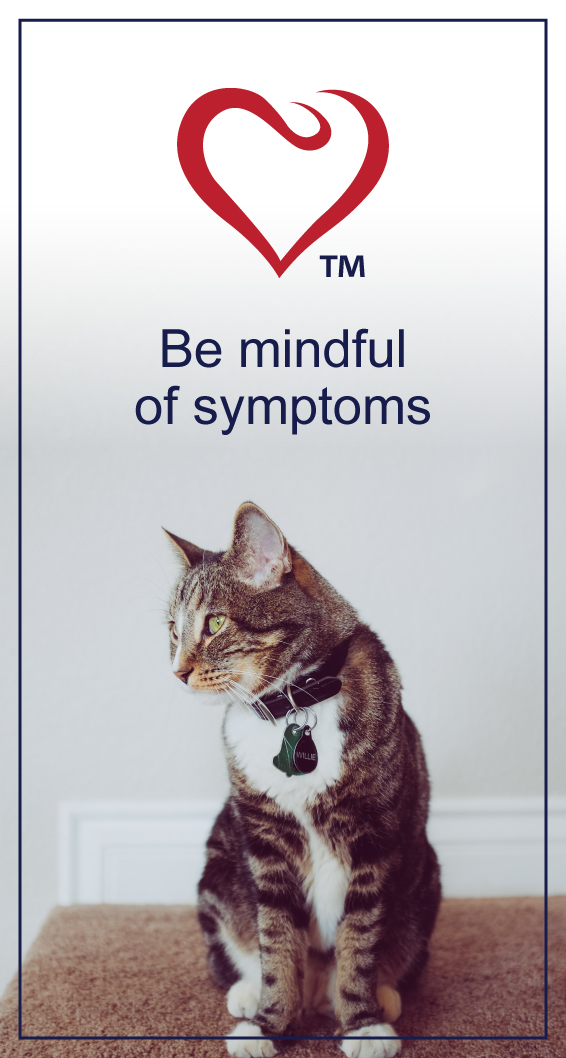
TRENDING

We’re excited and honoured to feature South Africa’s second largest independent animal welfare organisation on PetlifeSA.
Snakebite And Other Envenomation In Dogs

Although rare in dogs that live in built-up residential areas, being bitten or stung (envenomated) by a venomous creature occasionally happens on outings, or where your animals roam free to enjoy open spaces.
In South Africa, certain snakes, scorpions, and spiders are responsible for most of the serious envenomation cases.
TYPICAL SYMPTOMS
Snakebites are often in the muzzle area while scorpion stings tend to be in the feet. A spider bite can occur anywhere on the body but is most like where the fur is less dense.
No matter the origin, the symptoms of envenomation share similar characteristics. These include:
- Trembling, shaking or of spasms and twitching
- Diarrhea with and without vomiting
- Wobbliness or weakness in hind legs
- Excessive salivation, sometime with drooling or frothing at the mouth
- Sometimes bloody urine
- Pupils dilated
- Paralysis
Such symptoms are not definitive and could be associated with other ailments or any one of variety of other toxins.
BITES AND STINGS
The evidence of a serious bite or sting is localised swelling and considerable pain. On closer inspection you should be able to see the puncture wound or wounds. Keep in mind that a snake will not always leave twin bite marks since only one fang may penetrate or there could be multiple strikes at the victim.
Snakes: bites and spitting
Snakes can also give “dry bites”. These are for deterrence rather than to incapacitate or kill. When intending to kill, a snake will latch on or bite more than once to inject as much venom as possible. The site will often bleed thereby making it easier to spot. Oozing edema mixed with the blood is strong confirmation that venom has been injected.
South Africa is home to a number of cobra species and the rinkhals all of which, through specially adapted vents in their fangs, can project venom in a dense spray towards a target. Since this extends the snakes ability to accurately reach victims as far as two meters away it poses a significant danger to even wary and cautious dogs. The usual target is the head with the aim directed toward the eyes. The venom is temporarily blinding and causes instant and extreme pain. Controlling your dog under these circumstances may be very difficult but it is essential to do so because they could be seriously injured by running wild. Immediately flush the eyes with water if you can while being careful not to get venom on your hands and clothing from where it may find its way through a cut or scratch into your bloodstream.
Scorpion stings
Mostly, sting marks will not be visible if a scorpion is the offender. They seldom strike more than once because their stock of venom is tiny and quickly exhausted. A scorpion sting would therefore usually be at a single site and have one puncture mark that oozes but which may be hard to find until swelling starts.
While scorpion stings can be painful and potentially dangerous to humans, most scorpions are not deadly to dogs. However, some types such as the thick tailed scorpions, can deliver venom that could lead to serious health problems.
Spiders
While most spiders are not harmful to dogs or cats, there are a few species whose bites can be dangerous and potentially deadly to pets. These include:
- Black widow spiders
- Brown recluse spiders
- Yellow sac spiders
- Violin spiders
Spider bites are so tiny that the wounds are hard to spot amongst thick fur but can be seen at very close inspection and usually only once swelling or further complications indicate the location.
RISK AREAS AROUND THE HOME
Since snakes don’t have the means to regulate their body temperatures, they seek out warm places to hole up. In winter, they hibernate in tunnels, burrows, under rocks, or sometimes even in houses.
During the warmer months when snakes come out to find prey, they and our naturally curious four-legged friends could encounter each other.
Snakes, scorpions and spiders prefer not to be bothered by other creatures, so will find hidey holes in nooks and crannies wherever there is little disturbance.
Keeping piles of firewood, garden refuse, building materials etc. around the home increases the chances of these dangerous critters making themselves comfortable in your pet’s vicinity. Especially since such areas also attract prey animals like mice, rats, flies, and other edible insects. But even keeping your property as neat as an army barracks is no guarantee of keeping these intruders out.
IN CASE OF ENVENOMATION
- Keep your pet calm and still. Agitation and movement can cause the venom to spread faster throughout the body.
- Remove the collar or other constriction around your pet’s neck.
- If you can, try to identify the type of snake, spider, or scorpion, but don’t waste time trying to capture or kill it.
- Do flush the site with clean water but do not attempt to suck the venom out or apply ice or a tourniquet to the bite site. These methods are not effective and can actually make things worse.
- Get your pet to the nearest treatment center quickly and safely.
- How the envenomation is treated will depend on the severity of the bite and the type of snake, scorpion, or spider involved.
- Antivenin, which is a specific type of medication, could be administered to neutralize the venom. Unfortunately, in South Africa these treatments can be hard to come by.
With prompt veterinary attention and proper treatment, many dogs are able to recover fully from envenomation. However, the best approach is always prevention. In particular, keep your dog on a leash when walking where snakes and scorpions may be present, and train them to avoid contact with snakes altogether.
Related Articles













